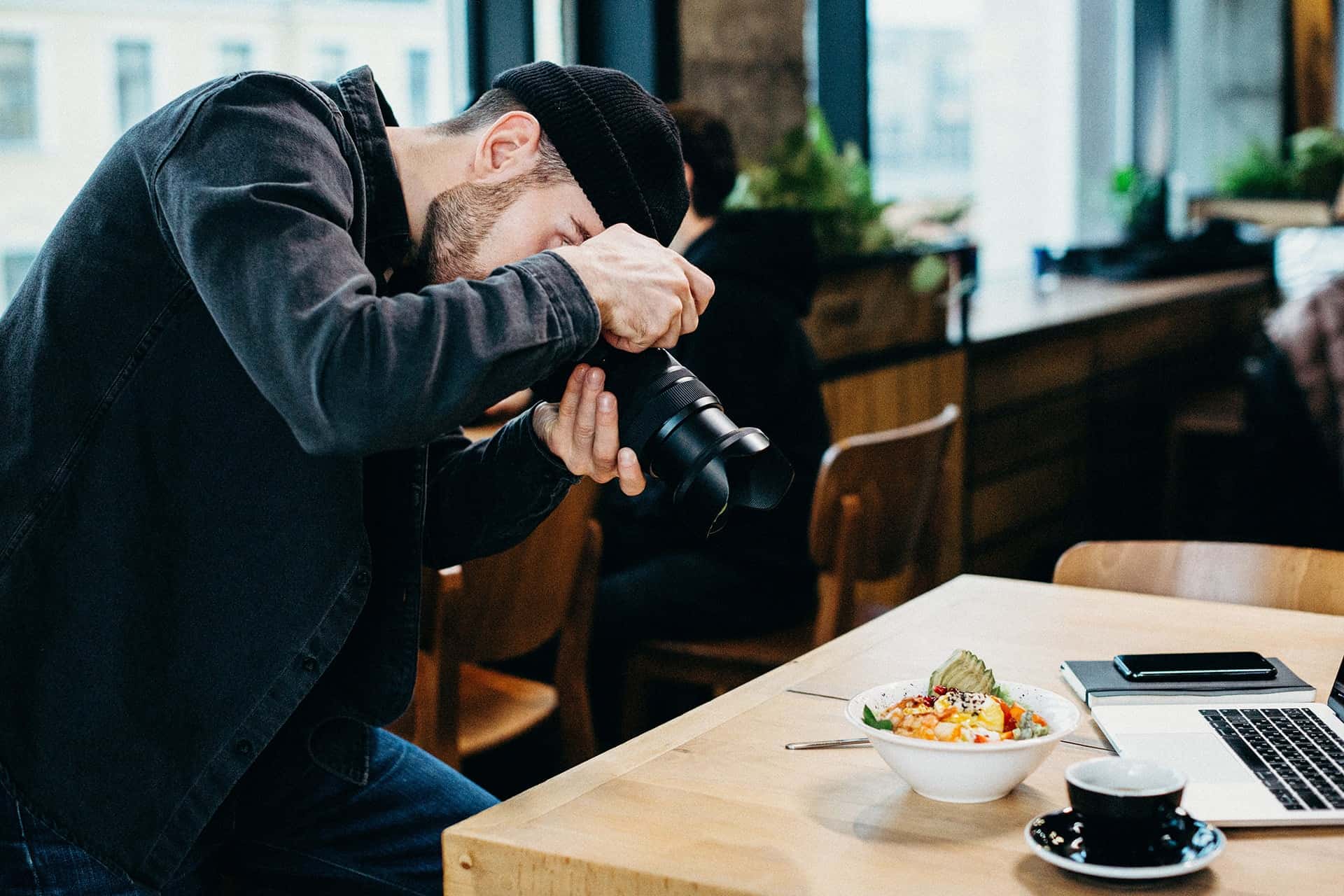Post-processing: elevating your photography
While capturing your desired image is in focus of photography, the editing process if often overlooked. Tools like Adobe Photoshop and Lightroom can allow you to refine and realize your artistic vision.
The powers of post-processing
When I first started photography, post-processing seemed like a secondary skill, something reserved for correcting mistakes. However, I quickly learned that it’s an integral part of the creative process. It’s where a good photo can be transformed into a great one, not just by fixing errors but by enhancing and bringing out the full potential of the raw image. It might not always be possible to execute your vision purely in an image, therefore, these enhancing programs can help you execute your visions properly.
Adobe Lightroom was my gateway into the world of post-processing. Its user-friendly interface and powerful editing capabilities made it an ideal starting point. I began using Lightroom for basic adjustments like exposure, contrast, and color correction. But soon, I discovered its more advanced features like selective adjustments, gradient filters, and color grading. Lightroom became my go-to for organizing and editing my photos.
Adobe Photoshop came along during my sophomore year as skills and artistic ambitions grew. While Lightroom is excellent for overall image adjustments, Photoshop opened up a world of advanced editing possibilities. From complex layering and blending to detailed retouching and compositing, Photoshop allowed me to push the boundaries of my creativity. It became my laboratory for experimentation, where I could manipulate images to match the visions in my mind’s eye.
Balancing artistry and authenticity
In post-processing, it’s really important to keep a good balance between being creative and staying true to the original photo. Photoshop lets you do a lot of cool stuff, like making totally new images, but I always make sure that what I create is original and has my own artistic touch. It’s not just about changing pictures; it’s about adding something special that comes from you, without losing what the photo was about in the first place. So, even when I’m doing something really creative in Photoshop, I’m careful to make sure it’s my own idea and that it still feels real and true to what I saw when I took the photo. My main goal is to make images that are both cool and honest, showing my own style as a photographer.
Post-processing is not just about correction or enhancement; it’s an extension of the photographic process. Tools like Photoshop and Lightroom are not just software; they’re paintbrushes for photographers to express their artistic visions. Embracing post-processing has not only improved the quality of my images but has also deepened my understanding and appreciation of photography as a multifaceted art form. Whether you’re a beginner or a seasoned pro, investing time in mastering post-processing is as crucial as honing your skills behind the camera.






